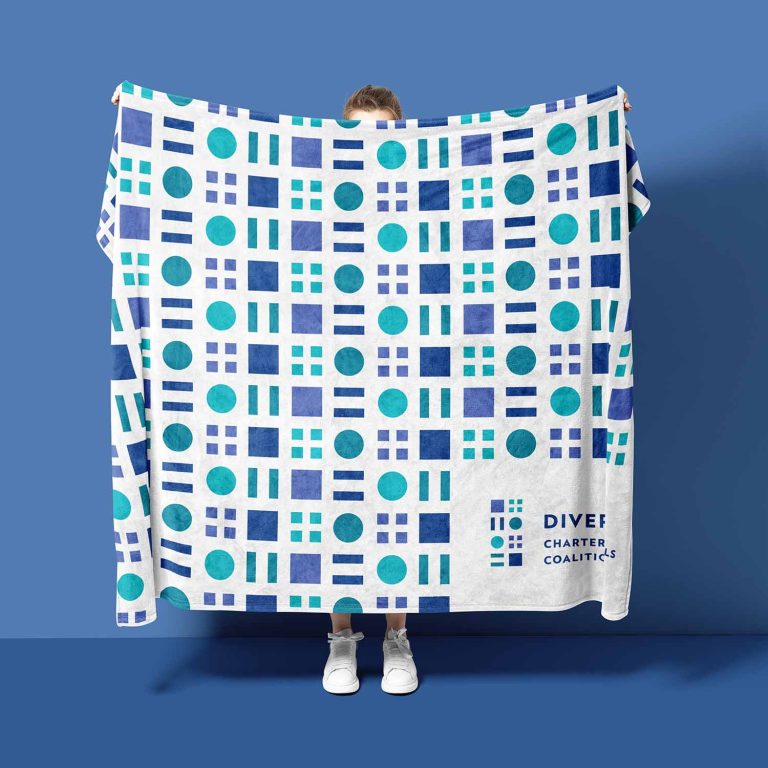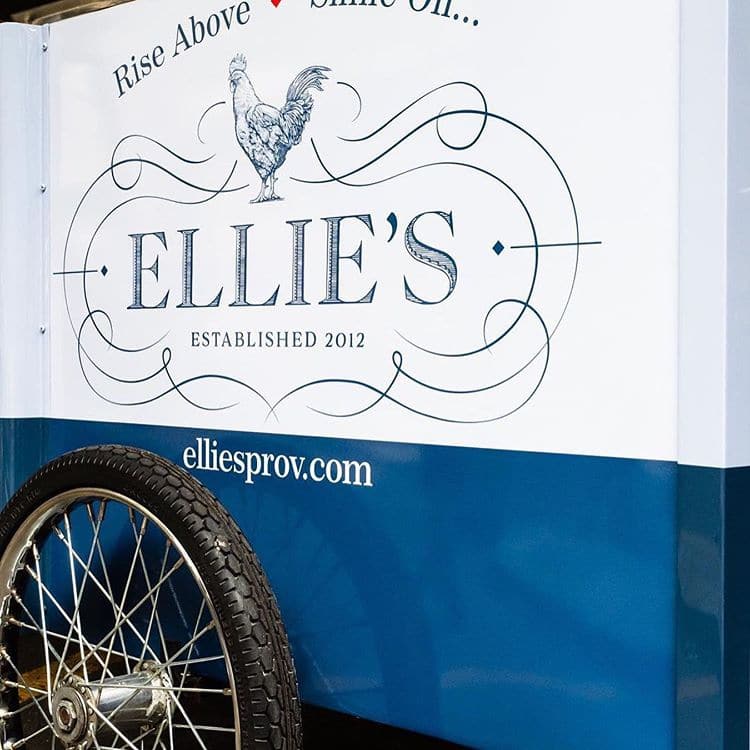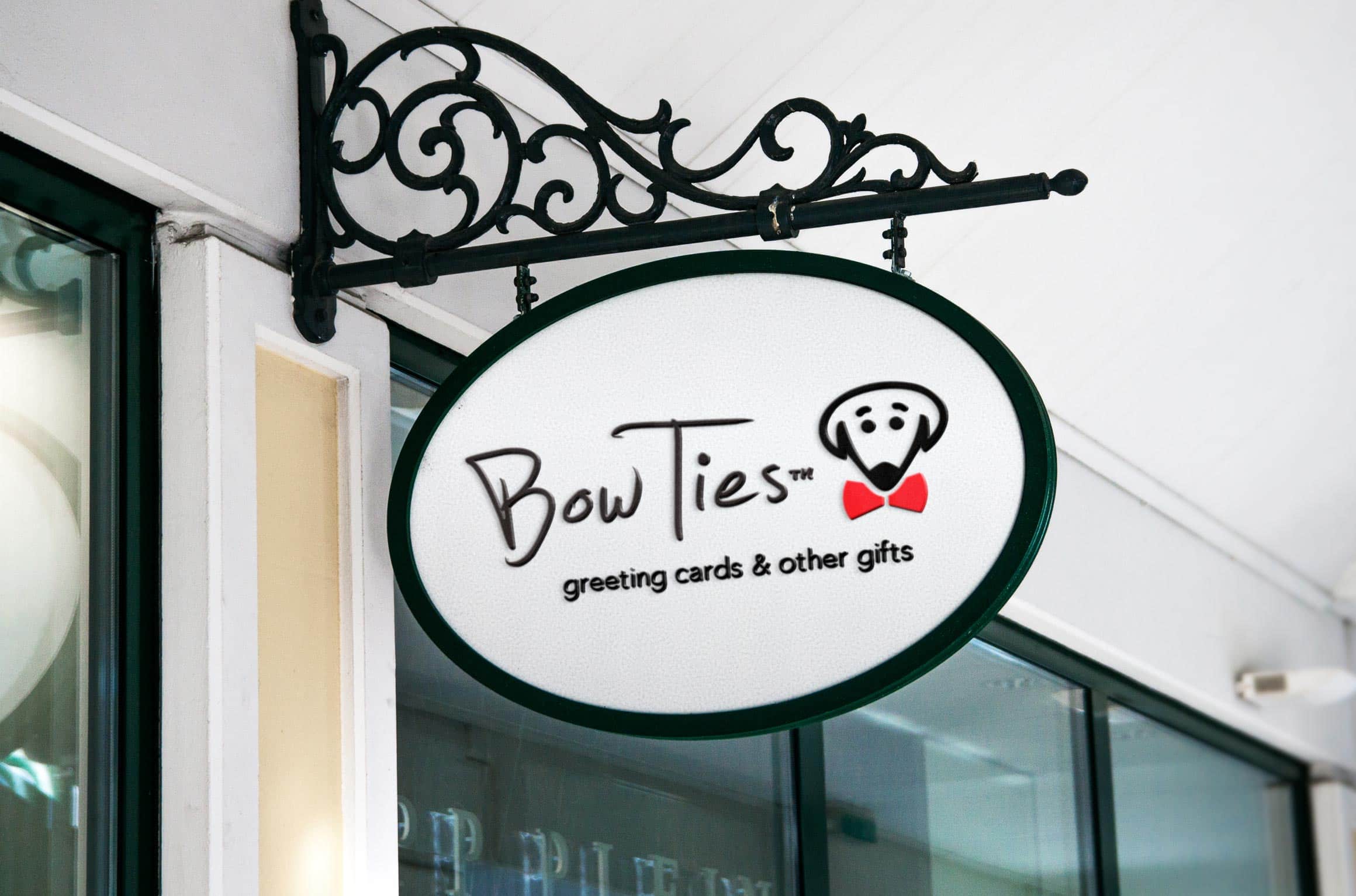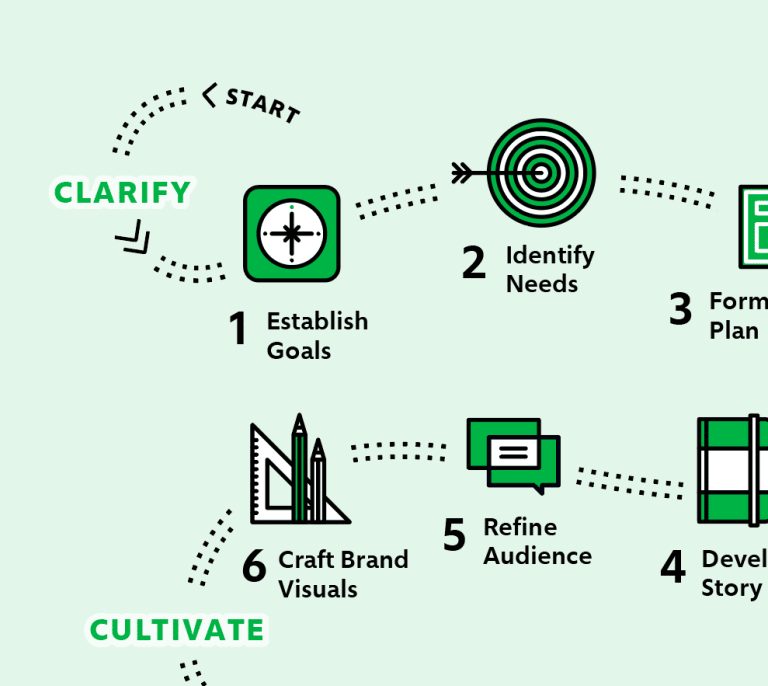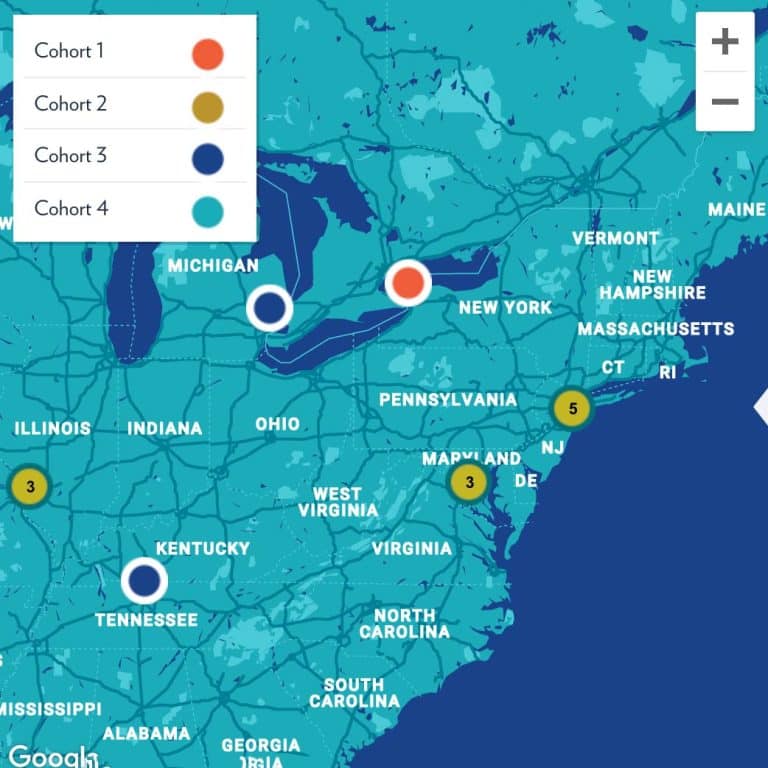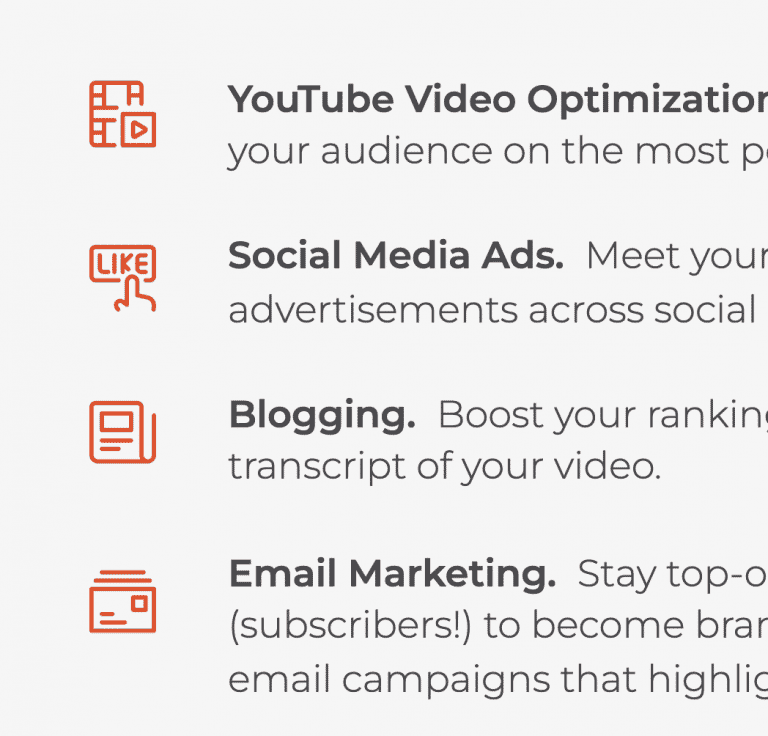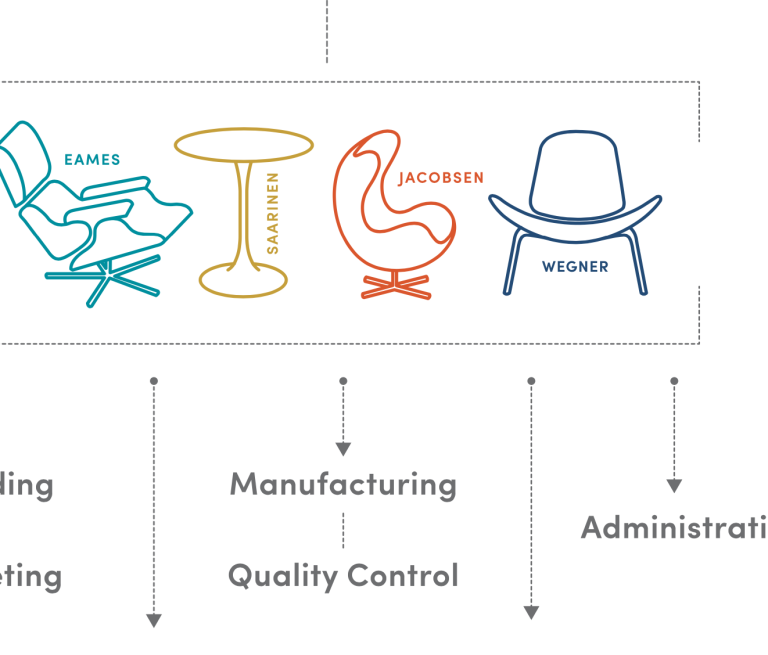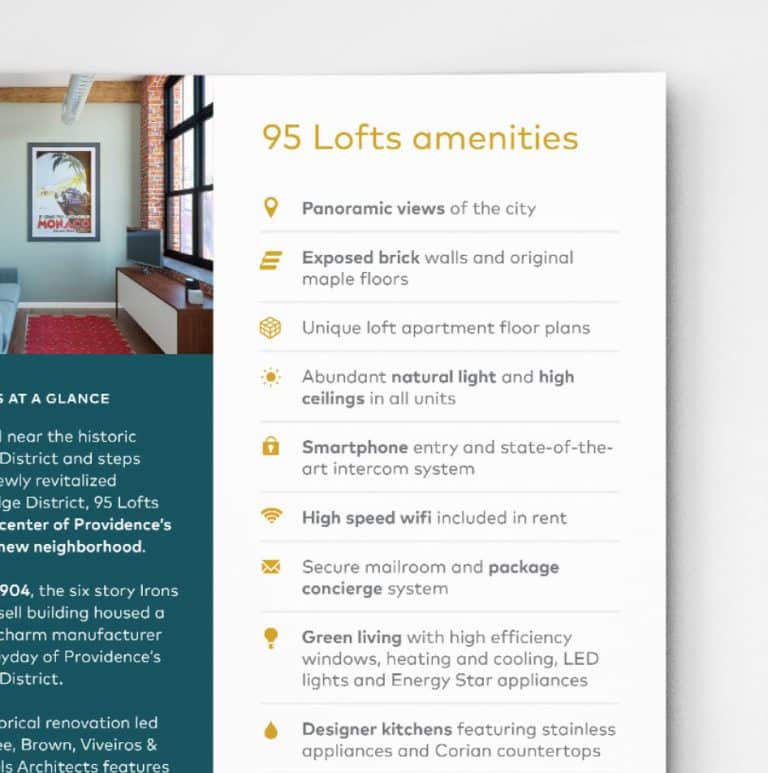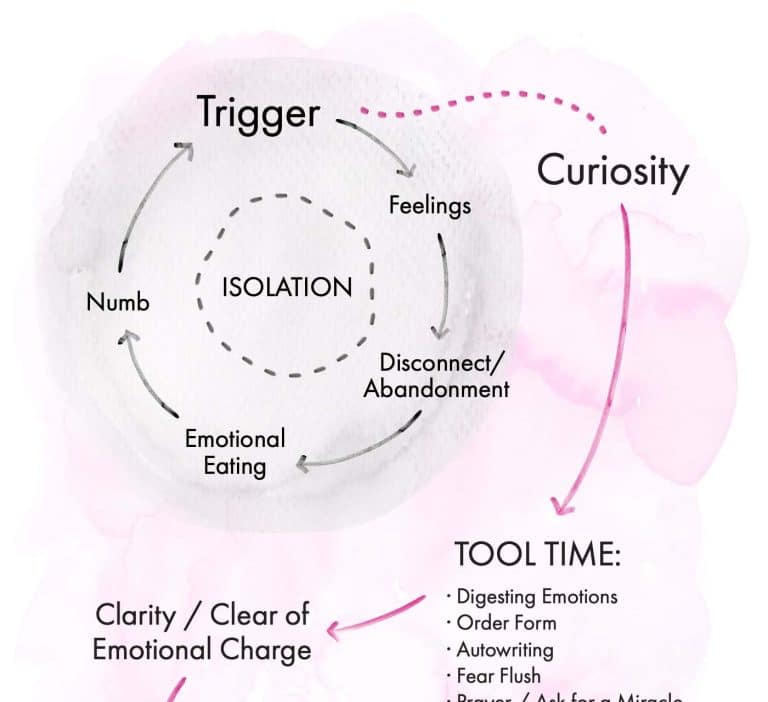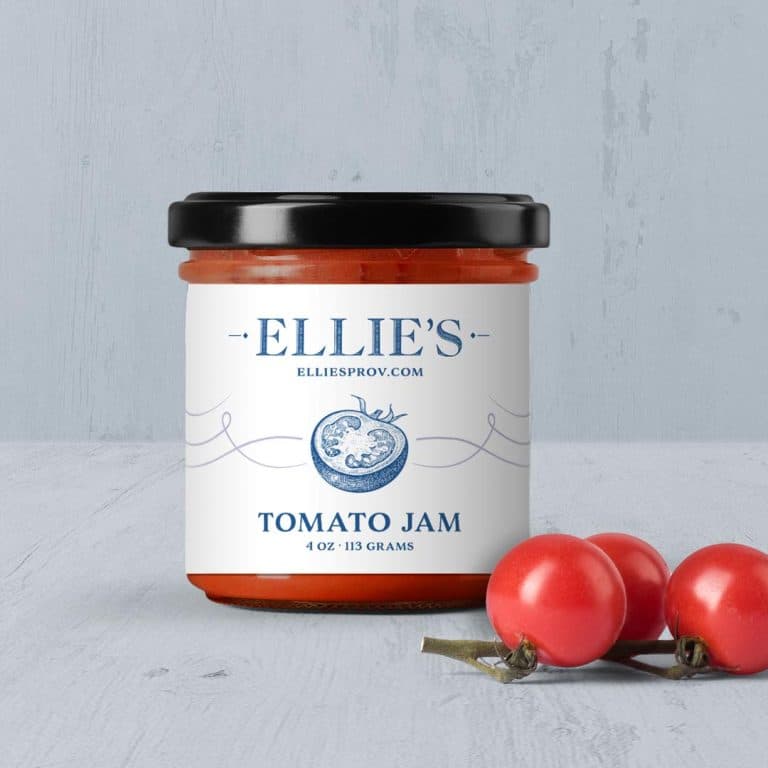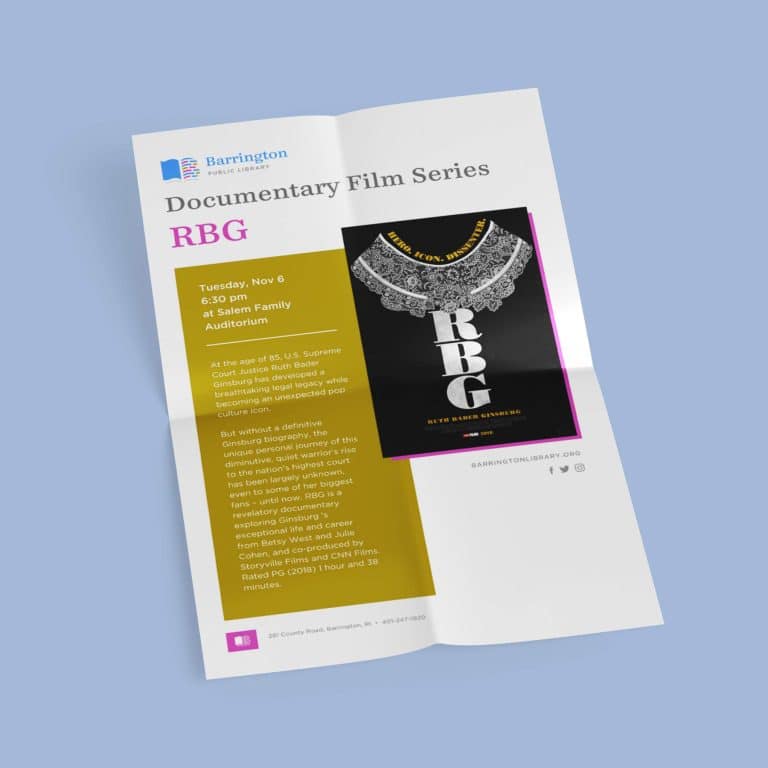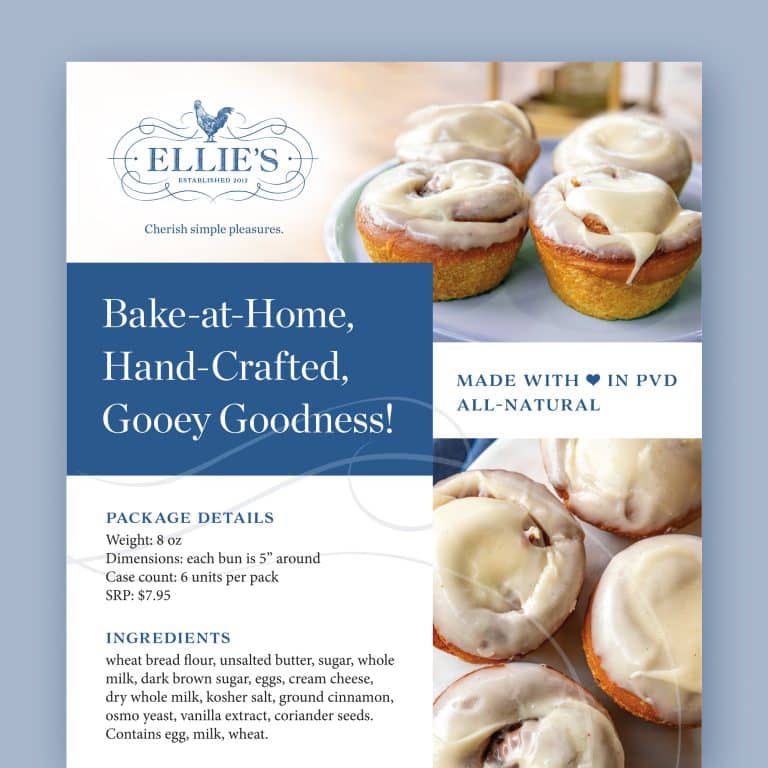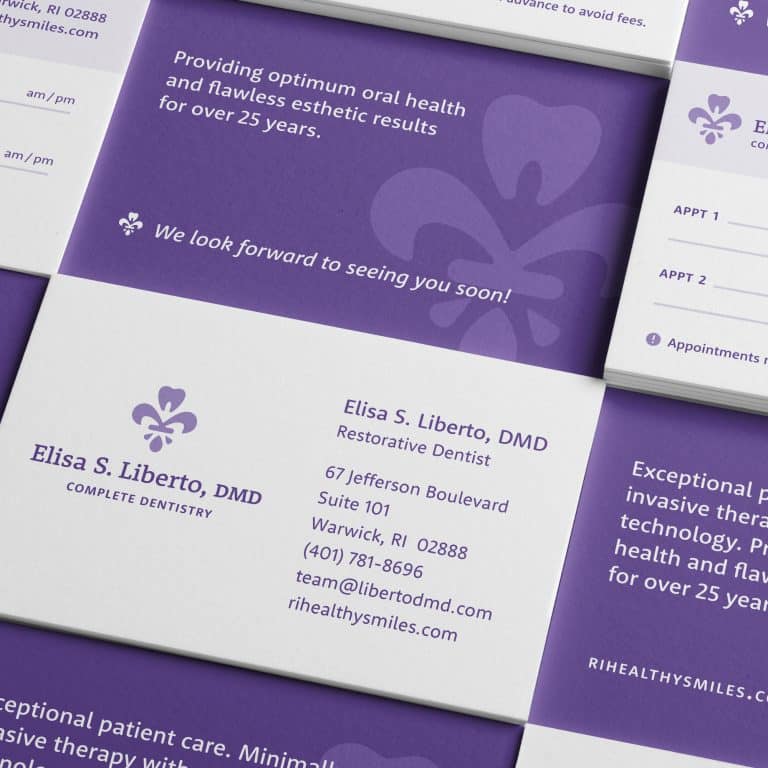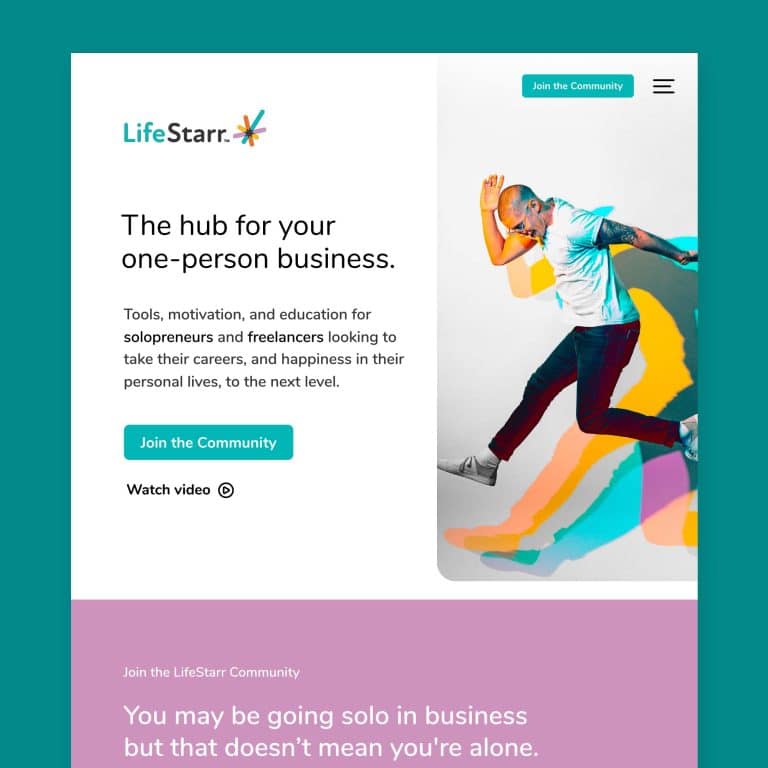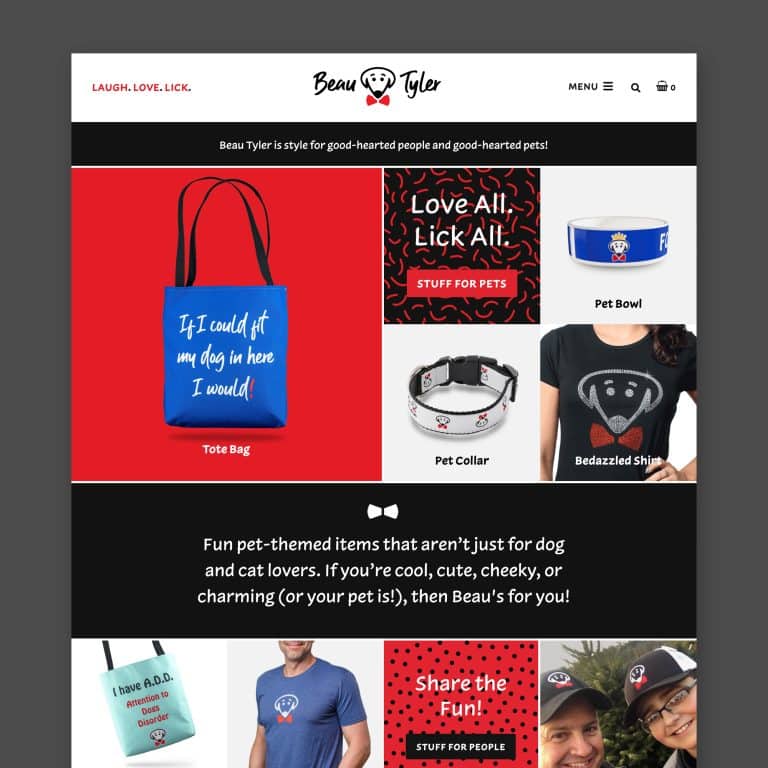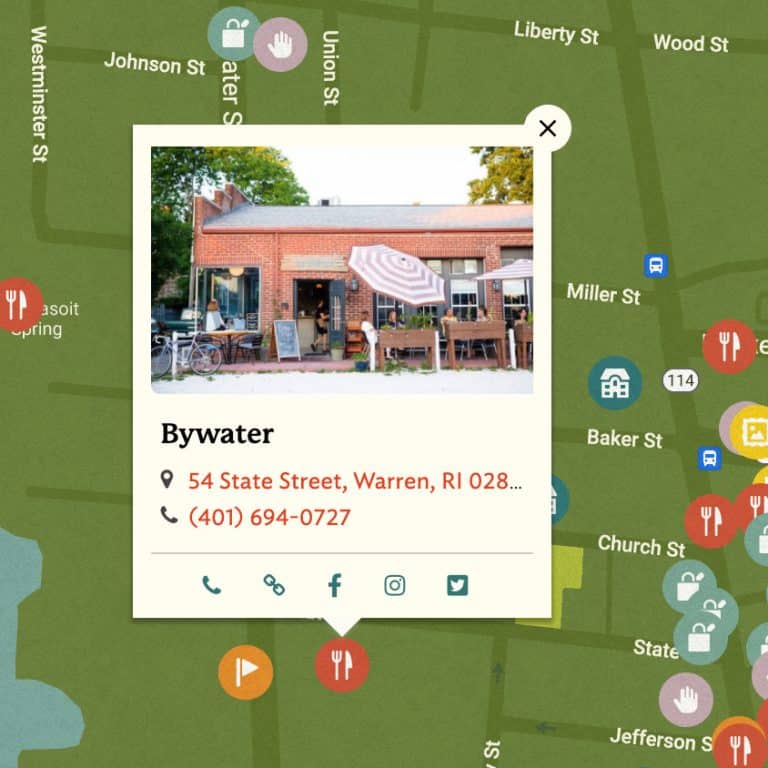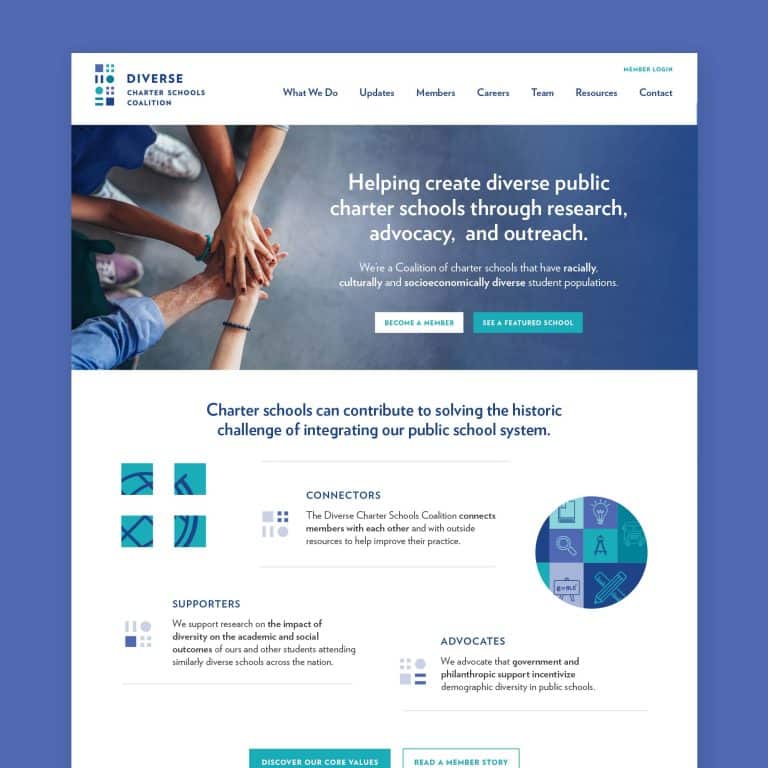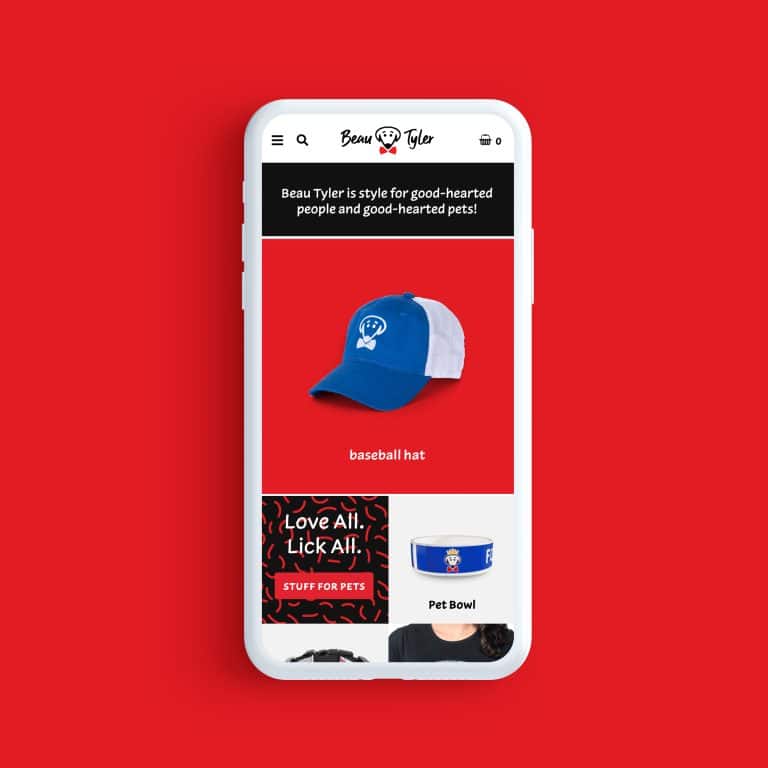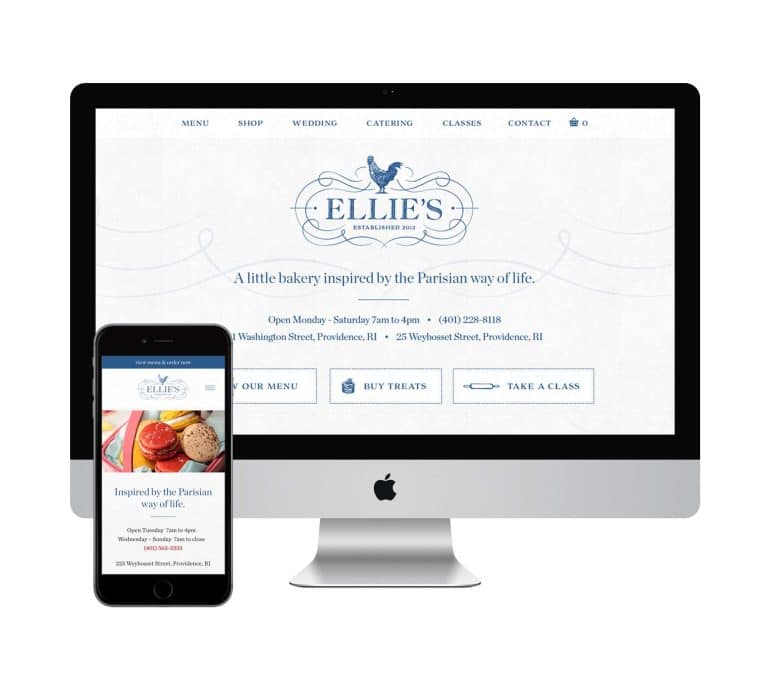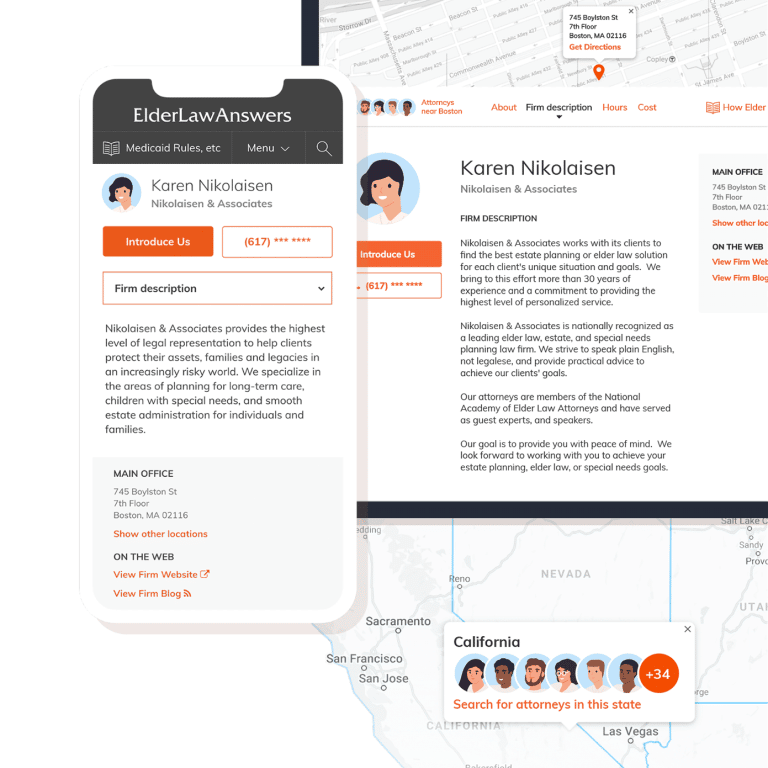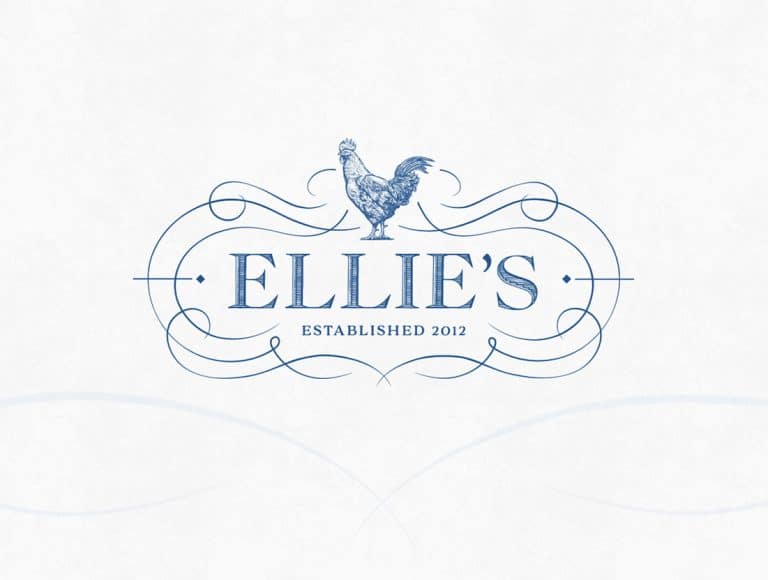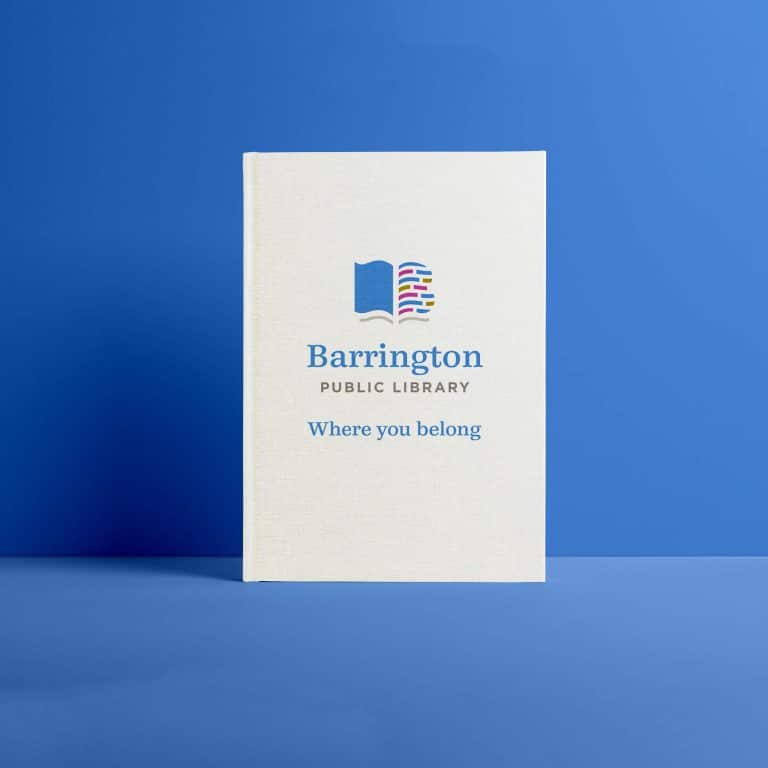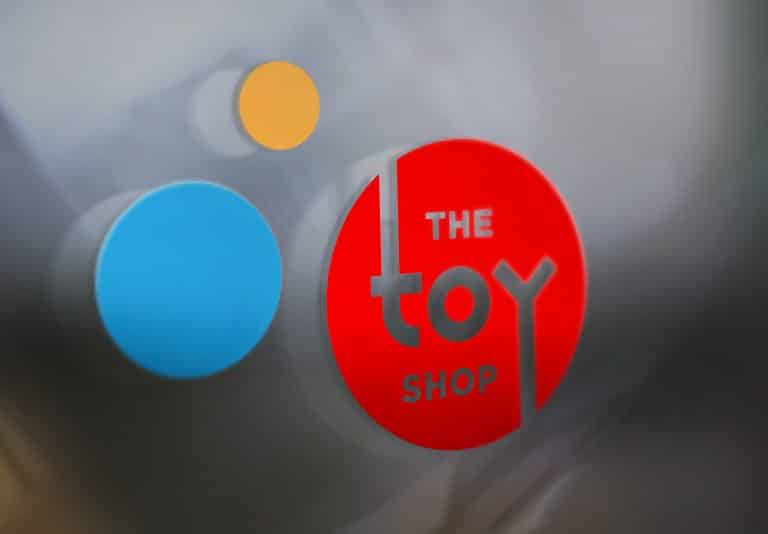When is Sub-branding a Terrible Idea – or a Fantastic One?
Highlights from the article:
- Your Strategic Clarity Matters. When it comes to sub-branding, your strategy must be crystal clear to prevent dilution and confusion.
- Simplicity is Your Friend. Your customers crave simplicity and clarity; don’t overwhelm them with too many sub-brands.
- Find Your Balance. Sub-branding can work wonders for your brand if it enhances rather than overshadows your main identity.
- Learn from Real-life Examples. Dive into case studies to glean insights for your own sub-branding journey.
In the ever-evolving landscape of visual branding strategies, the decision to implement sub-brands can be both tantalizing and daunting.
For startups and established companies alike, navigating the terrain of sub-branding requires careful consideration. When does it enhance the brand’s strength, and when does it risk diluting its identity? This question looms large, especially for businesses seeking to build trust, loyalty, and a deeper connection with their audience.
Let’s delve into the intricacies of sub-branding, exploring scenarios where it can be a game-changer and where it might muddy the brand waters.
Why Sub-Branding Matters
The allure of sub-branding often originates from a desire to cater to diverse customer segments or highlight distinct product or service offerings. However, the allure can quickly fade if not approached with the strategic clarity that an expert visual designer brings.
Over-decorating your brand with multiple sub-brands might inadvertently confuse your target market, leading to a loss of market share. Customers crave simplicity and clarity; they want solutions tailored to their needs without the confusion of navigating a labyrinth of sub-brands.
I share three examples of my own client projects to illustrate when sub-branding makes sense, when it’s not a good idea, and when an expanding brand needs to carefully balance between the two.
Case Study 1: Uniting Under One Banner
Consider the case of the Natick Community Organic Farm (NCOF) in Natick, MA, where simplicity reigns supreme. This award-winning non-profit is a certified organic community farm that has been providing open space, farm products, and hands-on education for all ages year-round since 1974.
As they embarked on a full rebranding journey, including a new logo and updated messaging, the question of sub-branding surfaced. (At the point of writing this article, I’m working on a new website design for them, too. You’ll be able to see both the new logo and new site toward the beginning of May.) With diverse offerings such as children’s classes, farm shops, and volunteer events, the temptation to create sub-brands for each was palpable.
However, after careful counsel, the decision was made to forego sub-branding. Why?
Because at the heart of NCOF’s mission is a unified goal: connecting people with nature. Sub-brands would have only muddied the waters, detracting from their overarching purpose. Instead, subtle visual cues (hello, icons!) are being integrated to denote different offerings, preserving the integrity of the main brand while bringing clarity to customers.


Case Study 2: Crafting a Family of Services
On the flip side, consider Kingland, a firm offering multiple CPA software solutions as well as the ability to create enterprise software for global integral companies.
With distinct client bases and proprietary platforms for each service, sub-branding emerged as a strategic imperative. By creating sub-brands that complement the main logo, Kingland is forging a cohesive family of services. These sub-brands, though distinct, never overshadow the main brand but rather support it.
This approach strikes a delicate balance, offering clarity to clients while reinforcing Kingland’s expertise across various domains.
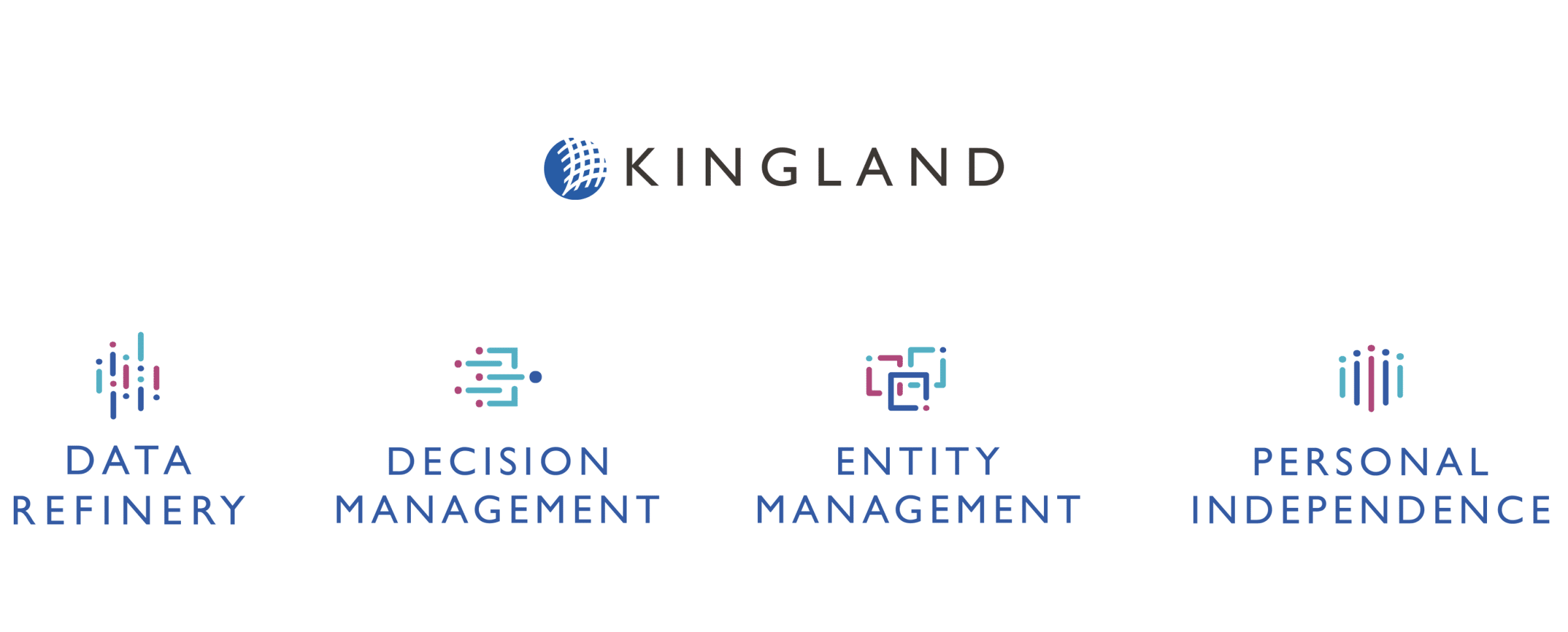
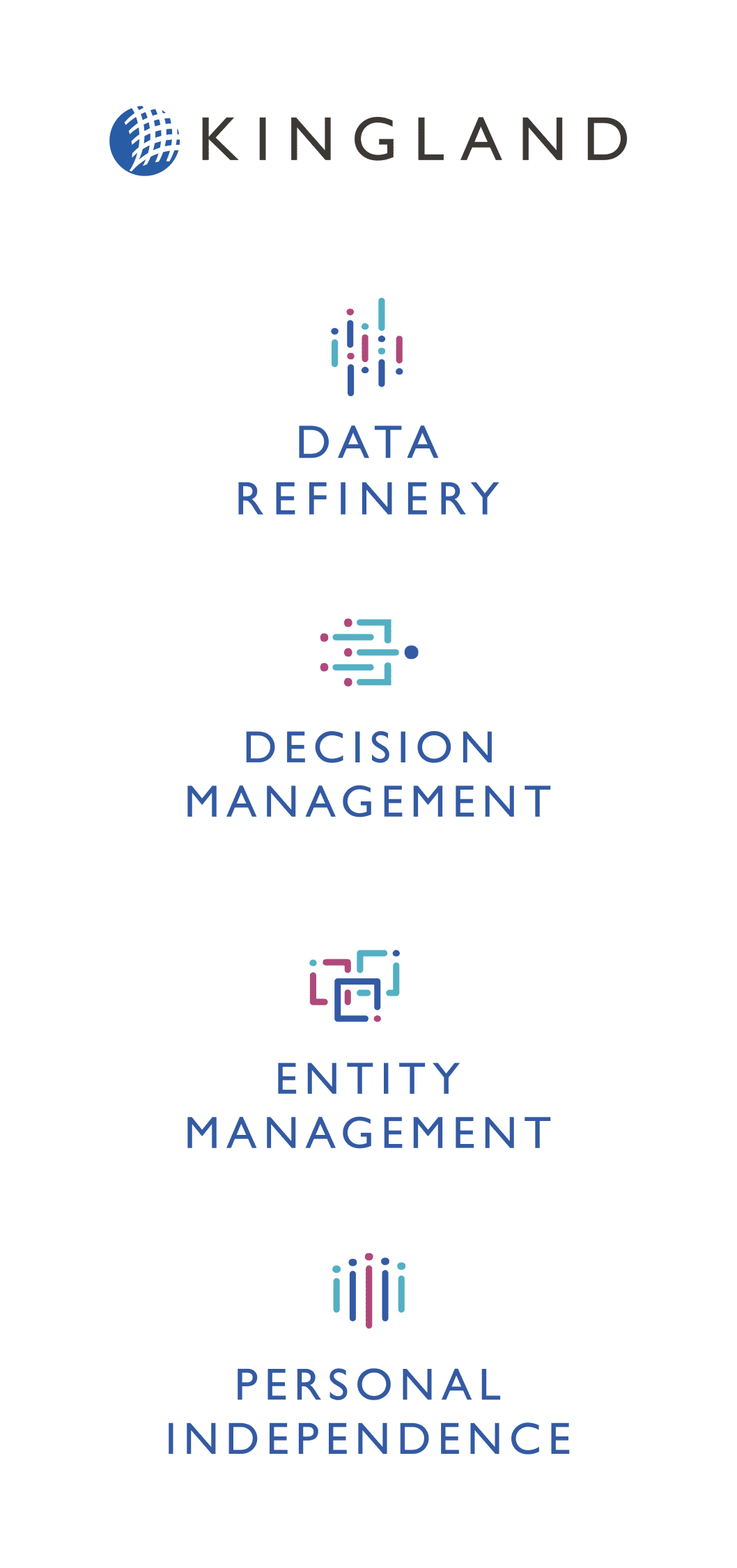
Kingland main and sub-brand logos (sub-brands by Atelier LKS)
Case Study 3: Targeting Tailored Solutions
In the realm of wealth management, the nuances of client needs necessitate a nuanced approach to branding. Take Sequoia Financial, a financial advisory firm that offers comprehensive wealth management services for the average consumer, with a boutique family office that serves ultra-high-net-worth clients.
For Sequoia Financial, the creation of a sub-brand for family wealth management emerged organically. Serving clients with substantial wealth and unique requirements, Sequoia recognized the need to differentiate this service offering.
Enter Sentinel, a sub-brand tailored explicitly for family wealth clients, emphasizing premium services and customized solutions. By delineating between client segments, Sequoia ensures that each receives the specialized attention they deserve, without diluting the overarching brand identity.
Sequoia also hosts a bash for their team every year called Synergy, and they wanted this yearly event to be able to stand on its own brand-wise. So they asked me to create a sub-brand logo for Synergy that inherits some elements of the main logo and also serves as a great reminder to team members of this yearly event.


Sequoia main, Sentinel, and Synergy logos (Synergy logo by Atelier LKS)
In the tapestry of branding, sub-branding can either elevate your brand to new heights or obscure its essence. When considering whether to embark on a sub-branding journey, remember it must align with your core brand strategy.
Sub-brands should enhance clarity, cater to distinct customer needs, and reinforce your brand’s strengths—not complicate or muddy them.
As you navigate the terrain of sub-branding, tread carefully, keeping your brand’s identity front and center. After all, in the realm of branding, simplicity often reigns supreme. And remember, if your sub-branding strategy starts feeling like a comedy of errors, it might be time to rethink your script!
Still reading? If the question of sub-branding has raised many questions about your business’s strategic direction, I’m your gal.
Reach out today to set up an initial consultation.
It's hard to market an unfocused brand.
Your business must tell a powerful story with strong optics and a persuasive storyline so you can stand out from the crowd and change more minds. Get a brilliant visual framework tailor-made for you.






